KNOTTING
ANDSPLICING
ROPES ANDCORDAGE
KNOTTING
AND SPLICING
ROPES AND CORDAGE
PAUL N. HASLUCK

Copyright 2012 by Skyhorse Publishing, Inc.
All Rights Reserved. No part of this book may be reproduced in
any manner without the express written consent of the publisher,
except in the case of brief excerpts in critical reviews or articles.
All inquiries should be addressed to Skyhorse Publishing,
307 West 36th Street, 11th Floor, New York, NY 10018.
Skyhorse Publishing books may be purchased in bulk at special
discounts for sales promotion, corporate gifts, fund-raising, or
educational purposes. Special editions can also be created to
specifications. For details, contact the Special Sales Department,
Skyhorse Publishing, 307 West 36th Street, 11th Floor,
New York, NY 10018 or info@skyhorsepublishing.com.
Skyhorse and Skyhorse Publishing are registered trademarks of
Skyhorse Publishing, Inc., a Delaware corporation.
Visit our website at www.skyhorsepublishing.com.
10 9 8 765 432 1
Library of Congress Cataloging-in-Publication Data is available on file.
ISBN: 978-1-61608-678-7
Printed in China
CONTENTS
KNOTTING AND SPLICING
ROPES AND CORDAGE
KNOTTING is an ancient device with which very early inhabitants of this earth must have been acquainted. From the beginning, mankind must always have used some kind of knot to join animal sinews, plant fibres, or hide strips which, in ancient days, were the prototypes of the varieties of cordage now employed.
A large number of knots has been invented by the skill of man, and on their strength and correct tying depend the lives of thousands and thousands of workmenseamen, building trade operatives, etc., day by day. The importance of being able to make the knot best suited for the occasion both rapidly and correctly may come in a new light to some when it is pointed out that both lives and property have over and over again been sacrificed to ill-made knots ; and this little volume is put forward in the belief that few things better repay the workmans time and trouble in learning than the manipulation of ropes and cordage.
Cordage is used almost daily by everyone in some form or other, but comparatively few can handle it methodically. Men break their nails and teeth gnawing at their own knots endeavouring to untie them, and time and material are wasted. Time spent in learning a few of the simple bends and hitches, reliable under strain and easy to unbend when the strain is released, would never be regretted. It is not necessary for a landsman to learn all the numerous uses to which rope is put, but a knowledge of common bends is an inestimable convenience, if not a necessity.
The security of a knot ought not to be, as many seem to think, in the number of turns or hitches in its composition, but in the efficacy of the nip. A bend or hitch must be so formed that the part of rope under strain nips some portion of the knot, either against itself or the object to which it is attached ; and in learning a bend, or impressing it upon ones memory, it will be found most helpful to notice particularly the nip of each separate one as it is studied.
Rope, though usually of hemp, is made of other materials for certain purposes. Coir rope (cocoa-nut fibre), being light and buoyant, is useful for warps, rocket lines, life-buoy lines, and drift-nets. Manilla grass is adapted for reef points, yachts hawsers, and wherever tar would be injurious. Hide is required for wheel-ropes, or where great strength with, pliability and small circumference is needed. Cotton is serviceable for fancy work, etc. The yarns are formed by twisting the hemp right-handed; the strands, by twisting or laying up the yarns left-handed; and the rope, by laying up the strands right-handed.
Three ropes laid up left-handed form what is known as a cable-laid rope; four-stranded ropes are laid round a heart. Ropes are sometimes laid left-handed, but if the strands are to be laid left-handed the yarns are laid right-handed. If the parts of hemp, etc., be twisted more than is necessary to hold them together, strength is lost. Upon following the course of a yarn in a rope it will be found that, by this alternate laying, it runs nearly straight with the direction of the ropes length.
A three-stranded rope will bear a greater strain in comparison with its size than any other of the same material; cable-laid ropes and four-stranded ropes are, roughly speaking, about one-fifth weaker. Rope is measured by its circumference, and is laid up in lengths of 113 fathoms, sizes varying up to 28 in.; but it is not usually made up in coils when the size exceeds 5 in. Very small ropes are distinguished by their yarns rather than their size; thus sailors speak of nine-, twelve-, and eighteen-yarn stuff, which is commonly called seizing stuff.
If the fibres of which a rope is composed were laid parallel to one another and fastened at the two ends, the combined strength of these fibres would be utilised to the full; in other words, they lose strength by being twisted or laid up. But, on the other hand, the length of the fibres being at most but a few feet, their usefulness in this state is very limited, and the inconvenience of using them so is prohibitive. For this reason the fibres are first twisted into yarns these, again, are laid up into strands/ a strand being formed of several yarns; and, finally, three or more strands are formed into a rope. As twisting diminishes the strength of a rope, it is important that the yarns be carefully laid up, so as to bring an even strain on every part. It should not be laid up too hardthat is, it should only have sufficient twist in it to prevent the fibres from being drawn out without breaking.
Hawser-laid ropes are made of three strands laid right-handed, or with the sun, as it is termed. Shroud-laid are made of four strands laid right-handed. A cable-laid rope is made of three hawser-laid ropes laid up left-handed, and therefore contains nine strands. Obviously the size of a rope is regulated by the quantity of yarns composing the strands, and not by the number of strands that it contains.
With regard to the weight of ropes, it may be said that ropes of all kinds are usually measured by their circumference. The weight of clean, dry, hemp rope in pounds per fathom is one-fourth of the square of the circumference in inches; for example, a 3-in. hemp rope (about 1 in. in diameter) weighs  32 = 2
32 = 2 lb. per fathom (6 ft.). flat hemp rope, with a width of about four times the thickness, weighs in pounds per fathom about twice the square of the circumference in inches; for example, a 3-in. by f-in. flat hemp rope will weigh about 2 7 = 14 lb. per fathom.
lb. per fathom (6 ft.). flat hemp rope, with a width of about four times the thickness, weighs in pounds per fathom about twice the square of the circumference in inches; for example, a 3-in. by f-in. flat hemp rope will weigh about 2 7 = 14 lb. per fathom.
Round wire ropes weigh in pounds per fathom seven-eighths of the square of the circumference in inches; for example, a 3-in. wire rope weighs about  32 = 7
32 = 7 lb. per fathom. A flat wire rope weighs in pounds per fathom ten times the sectional area in square inches; for example, a flat wire rope, 3 in. by
lb. per fathom. A flat wire rope weighs in pounds per fathom ten times the sectional area in square inches; for example, a flat wire rope, 3 in. by  in. = say 2 sq. in. area, will weigh about 10 2 = 20 lb. per fathom.
in. = say 2 sq. in. area, will weigh about 10 2 = 20 lb. per fathom.
The maximum safe load on a rope depends on many circumstances, such as quality, age and dryness of rope, nature of load, mode of lifting, etc. Approximately, the safe load on a new hemp rope in hundredweights with direct lift is three times the weight in pounds per fathom. On a sound old rope fall one-half the square of the circumference is sufficient load. A Bessemer steel wire rope will safely carry in hundredweights three times the square of its circumference in inches, and a crucible steel wire rope four times the square of its circumference. For hemp ropes the minimum diameter of sheave should be circumference of rope + 2, and for wire ropes the diameter of sheave in inches should be equal to circumference of rope in sixteenths.


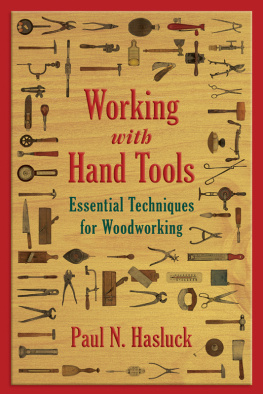
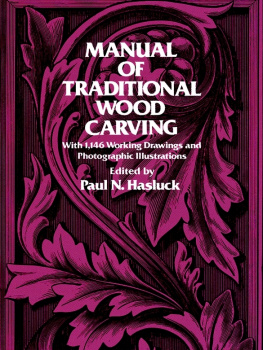
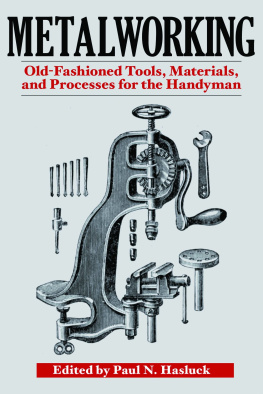
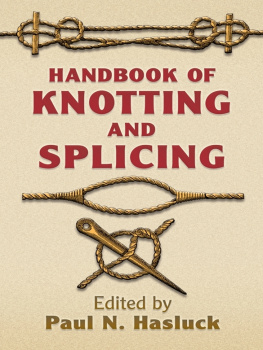

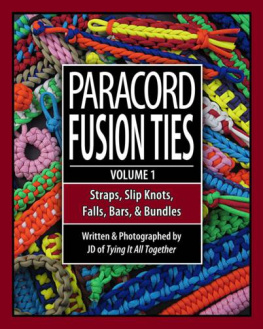
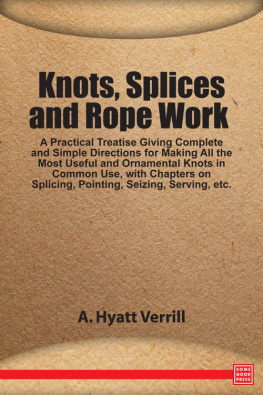
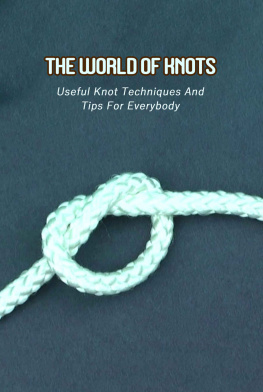
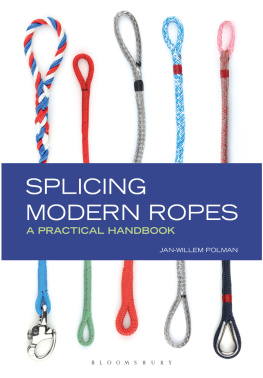
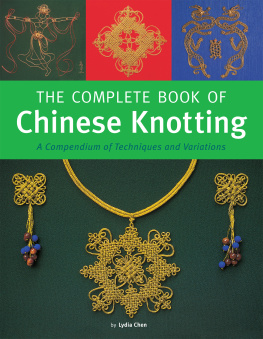

 32 = 2
32 = 2 32 = 7
32 = 7 in. = say 2 sq. in. area, will weigh about 10 2 = 20 lb. per fathom.
in. = say 2 sq. in. area, will weigh about 10 2 = 20 lb. per fathom.